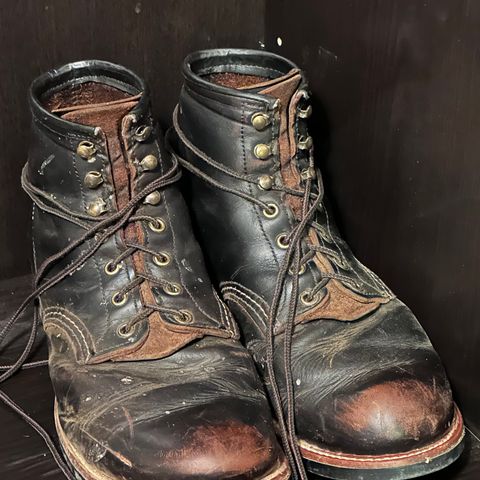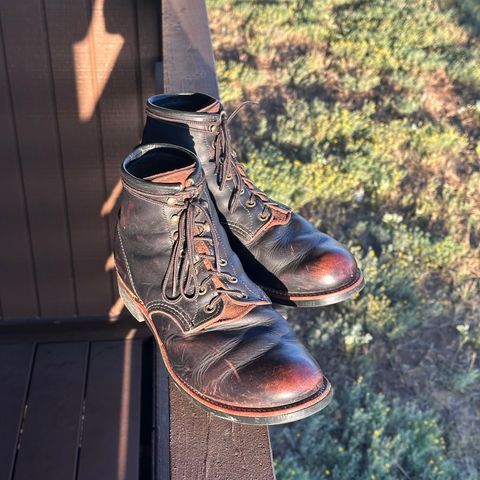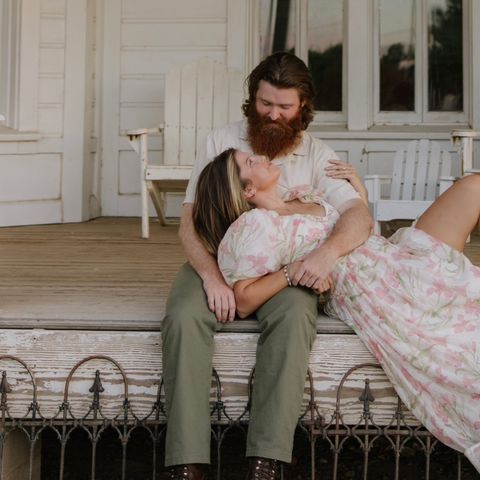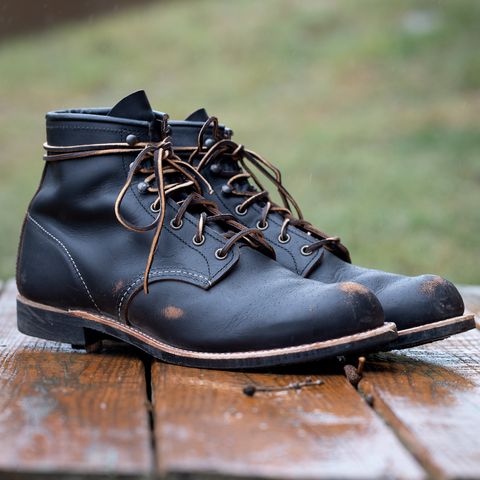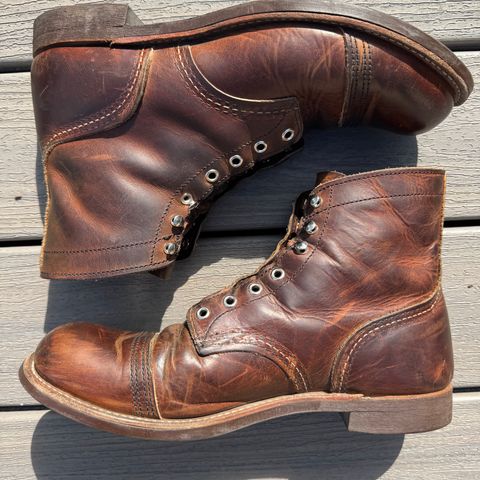S.B. Foot Tanning Company
TanneryAbout
S.B. Foot Tanning Company is an American leather tannery located in Red Wing, Minnesota, specializing in oil-tanned and vegetable-tanned leathers for heritage footwear. Founded in 1872 by Silas B. Foot and George Sterling, the company has operated continuously for over 150 years and serves as the principal leather supplier to Red Wing Shoes. The tannery produces approximately 12 million square feet of leather annually, using traditional wooden drum tanning methods combined with modern quality control processes.
About
S.B. Foot Tanning Company is an American leather tannery located in Red Wing, Minnesota, specializing in oil-tanned and vegetable-tanned leathers for heritage footwear. Founded in 1872 by Silas B. Foot and George Sterling, the company has operated continuously for over 150 years and serves as the principal leather supplier to Red Wing Shoes. The tannery produces approximately 12 million square feet of leather annually, using traditional wooden drum tanning methods combined with modern quality control processes.
As a wholly owned subsidiary of Red Wing Shoes Company, Inc. since 1986, S.B. Foot Tanning Company maintains production facilities in Red Wing and supplies leather for Red Wing's Heritage line as well as military footwear applications. The company sources steerhides within a 600-mile radius and processes them through a multi-week tanning cycle that emphasizes consistency, durability, and natural leather characteristics.
History
Silas Buck Foot arrived in Minnesota in 1857 and worked as a farmer, inventor, and shoemaker. In 1872, he established the company with George Sterling along the banks of Trout Brook near Red Wing, originally operating as "Foot, Schultz and Company" making shoes and boots. The initial facility, known as Trout Brook Tannery, was a 3,660-square-foot wooden structure built to supply leather for "shoe pacs," a form of moccasin used by local farmers.
Silas B. Foot became sole owner in 1897, incorporating the business as S.B. Foot & Company. Edwin Hawley Foot joined the company in 1898 and became president in 1908, marking the beginning of four generations of family leadership. The company moved to its current location at 805 Bench Street, Red Wing, in 1908, with a facility of just under 25,000 square feet capable of processing 600 sides per day—four times the capacity of the original Trout Brook Tannery.
In 1905, the company began supplying leather to the newly formed Red Wing Shoe Company, founded by Charles Beckman, who had learned shoemaking from Silas Buck Foot. This partnership would continue unbroken for over eight decades. During World War I, S.B. Foot Tanning Company was recognized as a "model for the leather industry." The business was officially renamed S.B. Foot Tanning Company between 1932 and 1933.
Generational transitions continued with Silas B. Foot II leading the company from 1957 to 1972, followed by E.H. Foot Jr., and later Silas B. Foot III. In 1986, Red Wing Shoes acquired S.B. Foot Tanning Company, integrating the long-time supplier as a wholly owned subsidiary while maintaining its operational independence and production focus.
Facilities and operations
S.B. Foot Tanning Company operates facilities in Red Wing, Minnesota, producing over 3,000 finished leather sides per day—enough leather for more than 20,000 pairs of shoes. In 2010, the tannery processed nearly six million linear feet of hides and supplied over 1.5 million linear feet of leather annually for military footwear production. The company primarily sources cattle hides from Nebraska ranchers, selecting hides from cattle with minimal roaming to reduce injury and scarring. The facility receives "wet blues"—pre-processed chrome-tanned leather with a characteristic blue tone—providing a stable, pliable base material for further processing.
Production process
The tanning process at S.B. Foot combines traditional methods with modern quality control. Selected hides are rewetted, shaved by hand to achieve correct thickness, and placed into massive wood drums for processing. The company continues to use traditional wooden drums similar to those employed when the tannery opened in 1872, as wood tends to yield better dyeing results than modern steel or aluminum alternatives.
During drum processing, which takes 14 to 20 hours, leather soaks in specialty tree oils, tanning agents, and dyes for base color application, fat liquor impregnation, and vegetable re-tanning. The longer the leather soaks in the drums, the more the chemicals and oils penetrate the leather to help conceal scuffs and maintain color consistency. After soaking, the hides are rolled, dried, and stretched. The company uses over 100 dyes to create thousands of color variations, with more than 50 steps involved in the coloring process.
From start to finish, each side of leather requires between two and five weeks to move through the tannery, with more than 50 people contributing to the process. Properly tanned leather can maintain its properties for over 50 years.
Leather products
S.B. Foot Tanning Company produces diverse leather types for heritage footwear applications, broadly categorized as roughout and smooth-finished leathers. The tannery's product range reflects over 150 years of leather development and serves both Red Wing's Heritage line and military footwear applications.
Roughout leathers feature the reversed hide construction with the rough side as the exterior surface. Notable roughout types include Abilene, Muleskinner, and Mohave, each with distinct tanning formulas and performance characteristics. Roughout leathers generally provide natural water resistance and require minimal maintenance compared to smooth-finished alternatives.
Smooth-finished and oil-tanned leathers include Legacy, Harness, Authentic, Excalibur, Featherstone, Klondike, Mesa, Mohave Roughout, Oil Slick, and Portage. Chrome-tanned leather processed with high-exhaustion methods serves as the foundation for many S.B. Foot products, with the tannery having reduced chromium salt use by 33 percent through improved processes. Additional specialty leathers include Prairie, Chaparral, Boundary, Casco, Boomer, Worksmith, Tamarack, and others developed for specific applications.
References
"SB Foot Tanning Co. History". S.B. Foot Tanning Company. Retrieved October 12, 2025.
"150 Years of S.B. Foot Tanning: Experience Captured in Every Leather Detail". Red Wing Shoe Company. Retrieved October 15, 2025.
"SB Foot Tanning Co. Process". S.B. Foot Tanning Company. Retrieved October 15, 2025.
"SB Foot Tanning Co. Leathers". S.B. Foot Tanning Company. Retrieved October 12, 2025.
